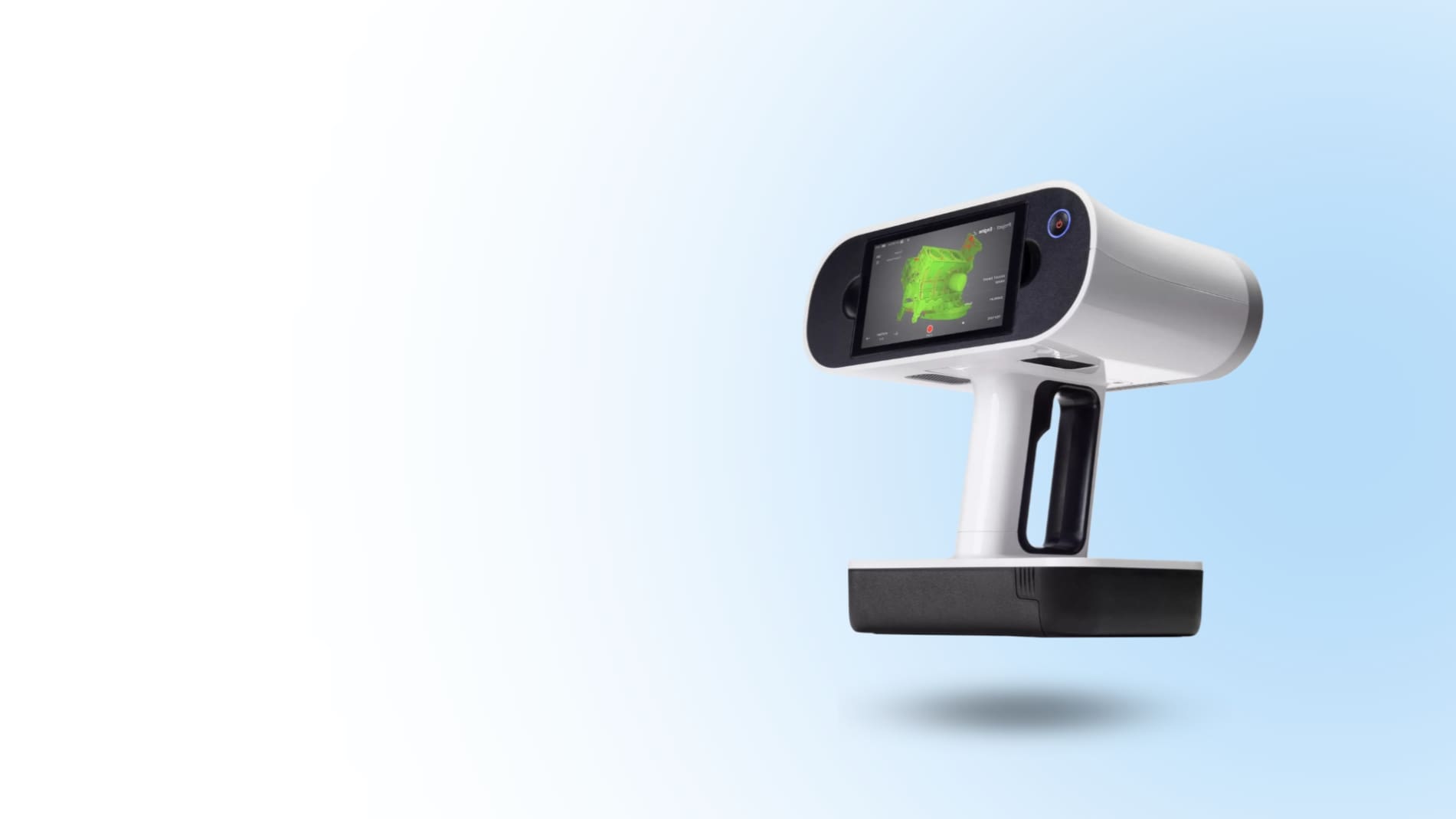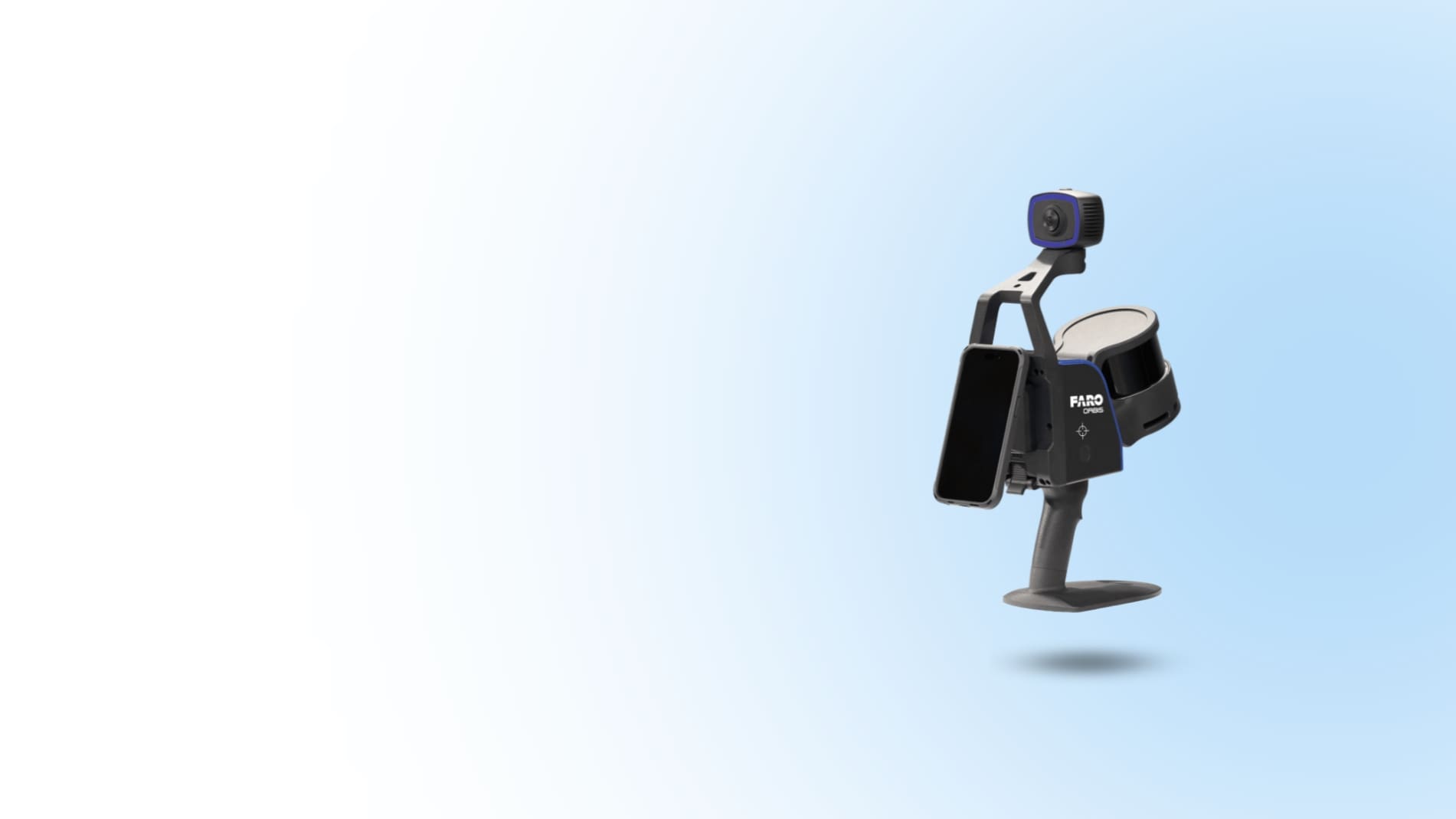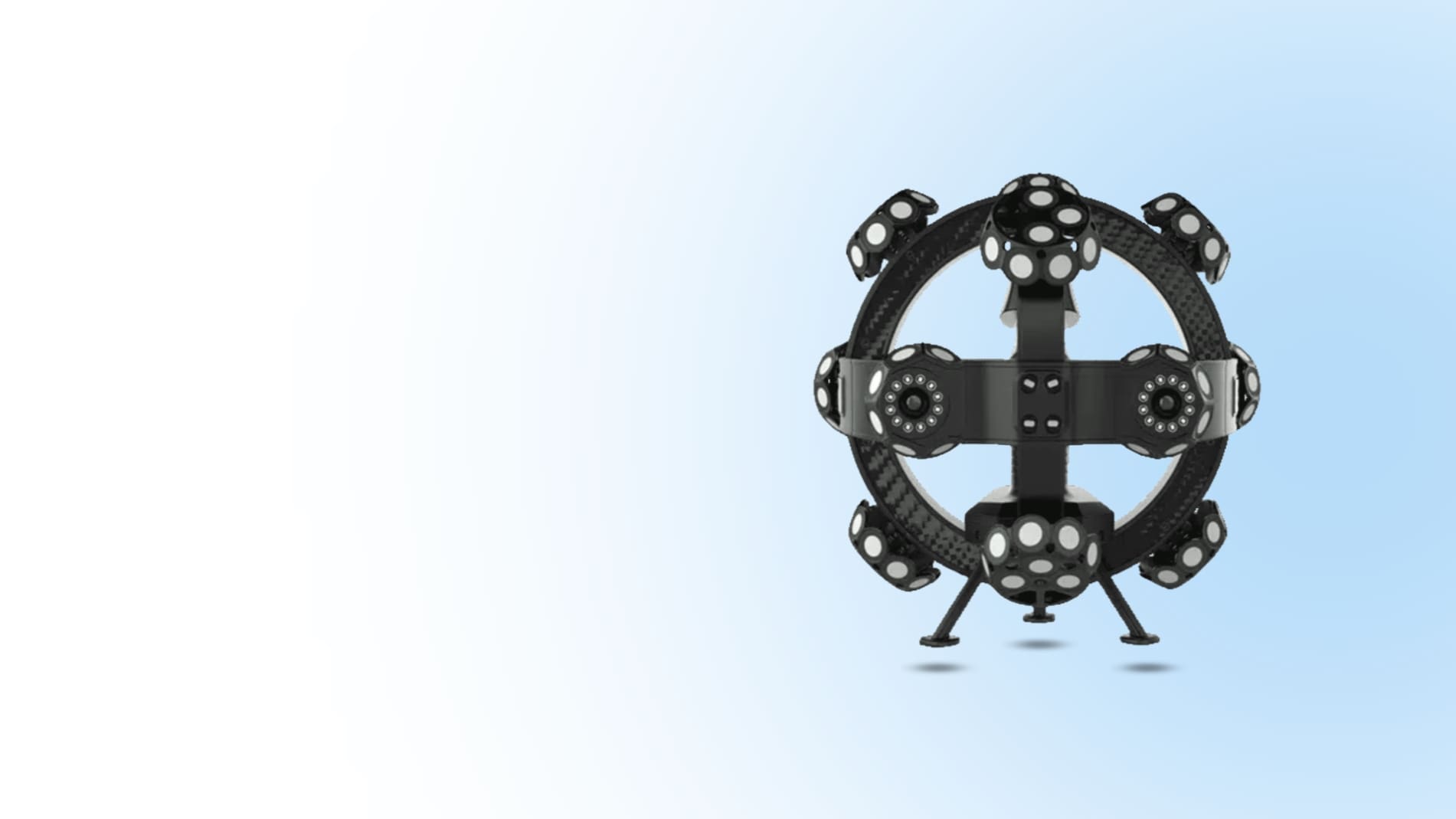
Choosing the Right Handheld Scanner
Your choice of a handheld 3D scanner depends on many factors, including the intended application, the environment it’ll be used
Are you trying to speed up the process of your project by finding a professional portable 3D scanner? Do varying specifications and descriptions confuse you? Modern 3D scanning technology has been broadly embraced across numerous industries. They’re used by engineers, product designers, and researchers in 3D printing, aerospace, and entertainment. These 3D scanners can efficiently acquire 3D scan data, enabling the creation of 3D models or the execution of inspections to spot abnormalities. Because of its mobility, simplicity of use, and speedy results, handheld 3D scanners are drawing increasing interest.
How should I pick a 3D scanner? The size of the object you wish to scan is the first thing you should consider. A short-range 3D scanner that can catch fine features in high resolution would be beneficial if you were scanning a little coin. A long-range scanner with a larger field of vision is required if you intend to scan a vast object or part, such as a wind turbine (scanning area). Take the Scantech KSCAN-Magic as an illustration. It can scan components up to 4 meters long thanks to its enormous scanning area of 1440 mm by 860 mm and built-in photogrammetry. It is particularly appropriate for 3D scanning medium to large objects for manufacturing and inspection.
The permitted deviation of each captured point depends on how accurately the scanning was acquired. The accuracy of 3D scanners typically lies between 0.01 and 0.1 millimeters. A 3D scanner with an accuracy of 0.1 mm would be suitable for most organic and flexible parts, but accuracy of 0.025 mm or more will be required for most machining tolerances. Select a 3D scanner with high accuracy if you intend to scan a complicated industrial component like an aerospace part.
Resolution talks about the shortest distance between points captured at a specific scan distance. The density of the scan point cloud increases with resolution. You would need a high resolution when the finer points of a 3D model are essential to you. If not, low-resolution specifications work for you.
When discussing a 3D scanner’s scanning rate, we are referring to how quickly it can collect data from an object. The number of laser lines, the size of the scanning area, and the equipment’s algorithm all affect the rate. A top-tier handheld scanner can take up to 2 million measurements per second.
Choosing a 3D scanner can be difficult because many different models are available with different sizes, costs, and capabilities. The guiding principle is to make economic decisions while still following your needs.
Be sure to purchase from a reputable business that uses cutting-edge 3D scanning technology. Go to its official website to view the company’s products, certifications, and clients. You can reach out to online business reviews, and a look at their social media pages is recommended. You will be able to learn about the manufacturer and what customers have to say about them.
What sort of support does the business offer? Are there qualified application engineers who can assist in setting the 3D scanners’ calibration and using them? Are there any expert post-sale teams that could help with maintenance or respond to your inquiries about the specifics?
Contact us today for more information.
3D Scanning & Metrology News, Press, Insights, Trends, Case Studies, and more.

Your choice of a handheld 3D scanner depends on many factors, including the intended application, the environment it’ll be used

Although handheld scanners offer high accuracy, their level of precision can’t be compared to that of stationary scanners. The fact

3D scanning has become a game-changer across multiple industries, enabling businesses to streamline workflows, improve accuracy, and reduce production costs.

As industries evolve and digital transformation accelerates, 3D scanners have become indispensable tools across manufacturing, healthcare, architecture, and more. These
Secure SSL Encrypted Connection
Two-factor Authentication
© Copyright 2024 – Digitize Designs, LLC – Privacy Policy – Website by Ultra Dynamic Graphics